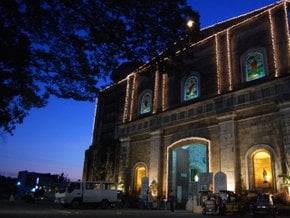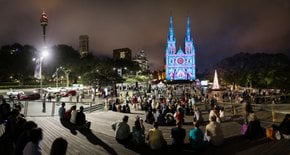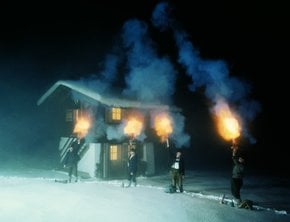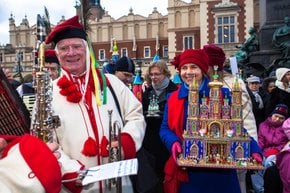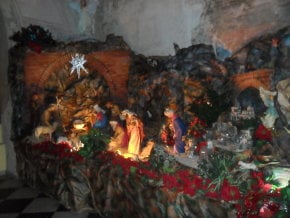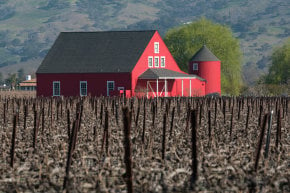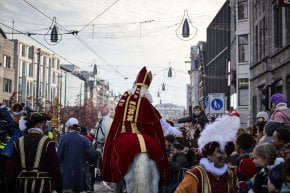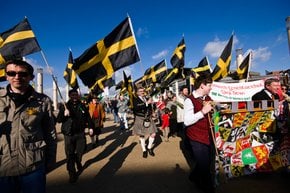Yule Goat 2024 in Sweden
A giant goat statue made of straw is erected on the first day of Advent
Dates: December 1–24, 2024
Yule goat is a Scandinavian Christmas tradition, which originates from a Germanic pagan culture. There's a theory that goats were celebrated because Thor, the god of thunder and lightning, rode in a chariot drawn by two goats.
Figurines and statues of goats made of straw appear at the beginning of the Advent season in late November or early December and are intended to stand for the holiday season. Some of these statues can be quite massive. The most famous Yule goat in Sweden is the Gävle goat, erected in the oldest city of the historical Norrland.
History of the Tradition
Pagan festivals are believed to be the origin of the Yule goat. One popular theory suggests that the goat is linked to the worship of the Norse god Thor, who rode across the sky in a chariot drawn by two goats, Tanngnjóstr, meaning “teeth grinder” in Old Norse, and Tanngrisnir, meaning “teeth bearer.” This connection to Norse mythology has become a part of the Yule and Christmas tradition.
On the other hand, according to Indo-European harvest traditions, the last sheaf of grain during the harvest was believed to contain the spirit of the harvest and was saved for the Yule celebration. Many goat-like harvest gods were part of early European customs.
In the past, the Yule goat played the role of a gift giver for the people of Sweden and was sometimes seen in place of or alongside Santa, known as Jultomten. The Yule goat was believed to be an invisible spirit that would appear before Christmas to ensure that holiday preparations were done properly.
It was a popular Christmas prank to secretly place a festive goat made of straw or wood in a neighbor's house without them noticing. The family would then have to sneakily pass the goat along in the same way. Nowadays, the Yule goat has become a beloved Christmas ornament and decoration, traditionally made of straw and bound with red ribbon.
Gävle Goat
Gävle goat (or Gävlebocken) is erected annually at Slottstorget (Castle Square) of Gävle by local community groups. The colossal goat has an impressive height of about 43 ft (13 m). Unfortunately, almost every year, some pranksters burn the giant goat to the ground. Since the 1960s, the majority of Gävle goats have been destroyed or damaged. Despite video surveillance and a fire department watch nearby, the goat was burned in 2021, which marked the first such incident in five years. The media has called Gävle goat a catnip for arsonists.
Yule goat is mentioned in many Swedish Christmas songs. It has been a Christmas symbol in the country before Santa Claus. Goats made of straw, decorated with red ribbons, are still a very popular Christmas ornament.



















